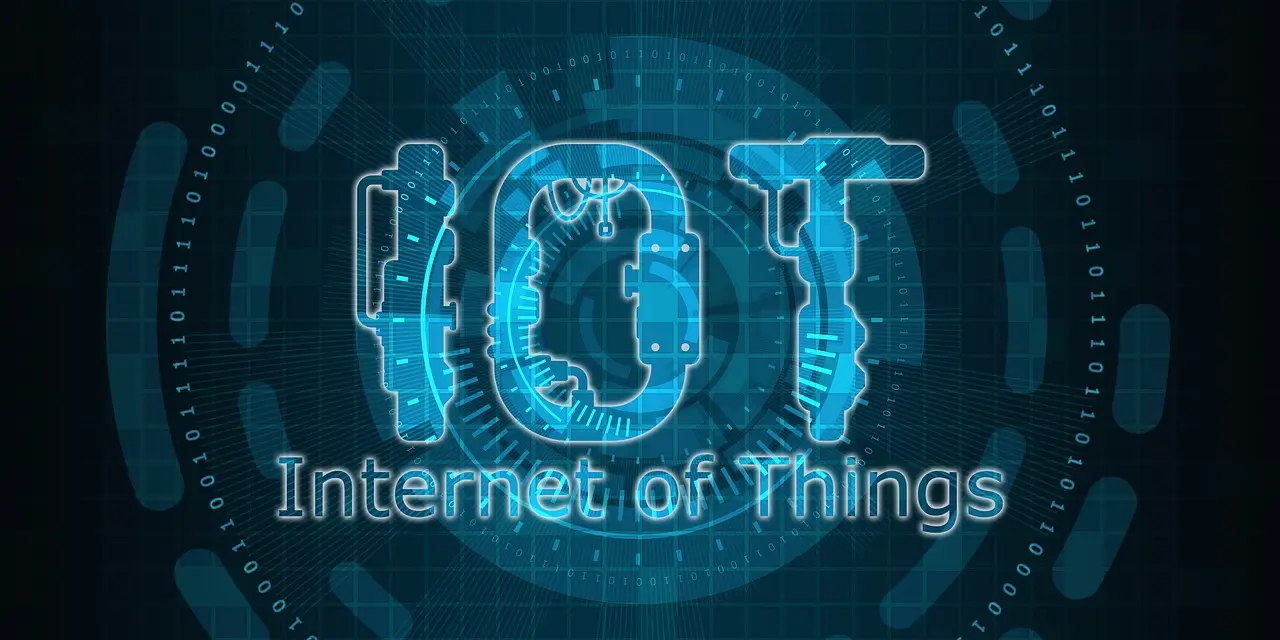Think about your favorite hoodie or pair of sneakers. You probably wear them for comfort, style, or both. But imagine if that hoodie could quietly keep track of your heart rate, or your sneakers could measure every step, every calorie, and even suggest better running form. That’s not a scene from a sci-fi movie—that’s what happens when fashion collides with IoT.
So, What’s Smart Clothing Anyway?
At its core, smart clothing is regular clothing with tiny bits of tech woven in. We’re talking sensors, chips, and sometimes even heating or cooling elements hidden in the fabric. You don’t really see them, but they turn your everyday outfit into a wearable gadget. Instead of just dressing up, you’re gearing up.
A Few Jaw-Dropping Examples
- Fitness Shirts: These track heart rate, breathing, posture, and sometimes even muscle activity. It’s like slipping into a shirt that doubles as a personal trainer.
- Sneakers That Think: Some smart shoes don’t just count your steps; they analyze your stride, track your calories, and give you insights to avoid injuries. Runners swear by them.
- Temperature-Control Jackets: Imagine walking out on a freezing morning, and your jacket warms itself up in seconds. Then, once you’re on a crowded bus, it cools down so you’re not sweating through your shirt. Pretty neat.
Why People Are Excited
Convenience is a big reason. Instead of strapping a fitness tracker to your wrist or chest, your clothes can handle it. It blends into your life instead of feeling like extra work. For athletes, it’s serious performance tracking without the hassle. For everyday folks, it’s about health data on autopilot—you get the benefits without having to think about it.
But Let’s Be Honest…
Smart clothing isn’t perfect yet. Prices are high, washing them can be a nightmare, and not every design looks great (some feel more “science experiment” than stylish). And then there’s the bigger picture: where does all the personal data collected by your clothes actually go? Companies still need to figure out how to balance innovation with privacy.
What’s Next for Smart Fashion
Despite the bumps, smart clothing has huge potential. As tech gets cheaper, lighter, and easier to work into fabrics, we’ll probably see it move beyond fitness gear and into everyday fashion. Think t-shirts that monitor stress levels during work, or jeans that charge your phone while you’re out. What sounds futuristic today could be as normal as wireless earbuds in a few years.
Final Thread
When IoT meets fashion, it’s not just about looking trendy—it’s about clothes that do more for us. The real question is, when this tech becomes mainstream, would you want your wardrobe to be “smart,” or do you prefer your clothes to stay simple?




